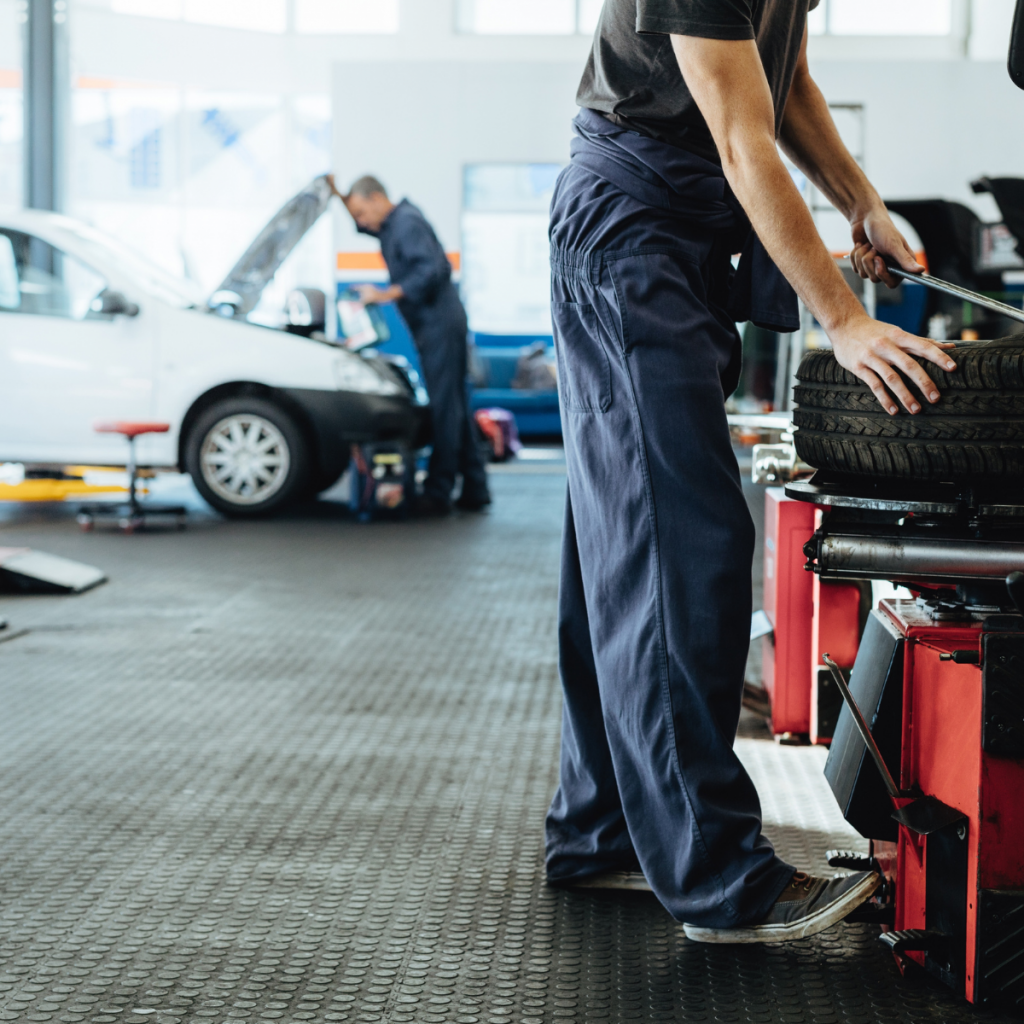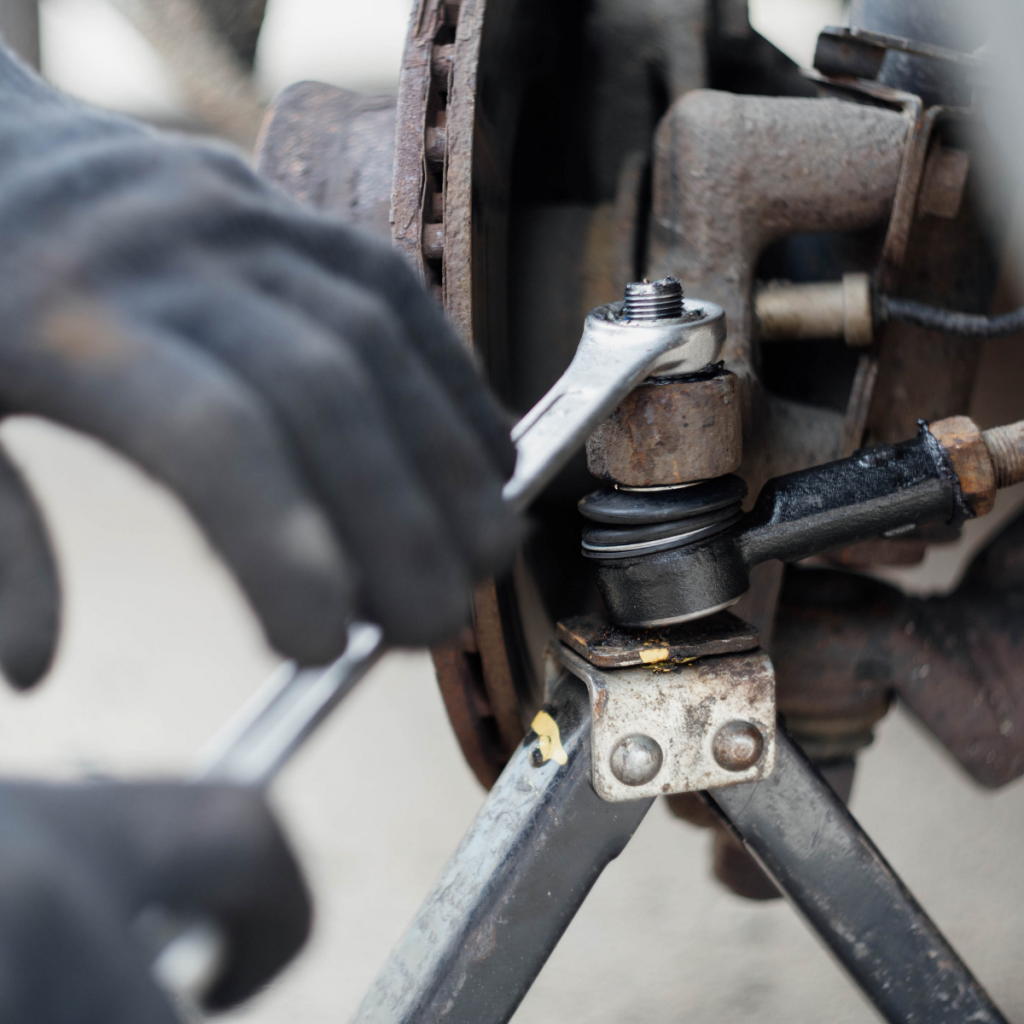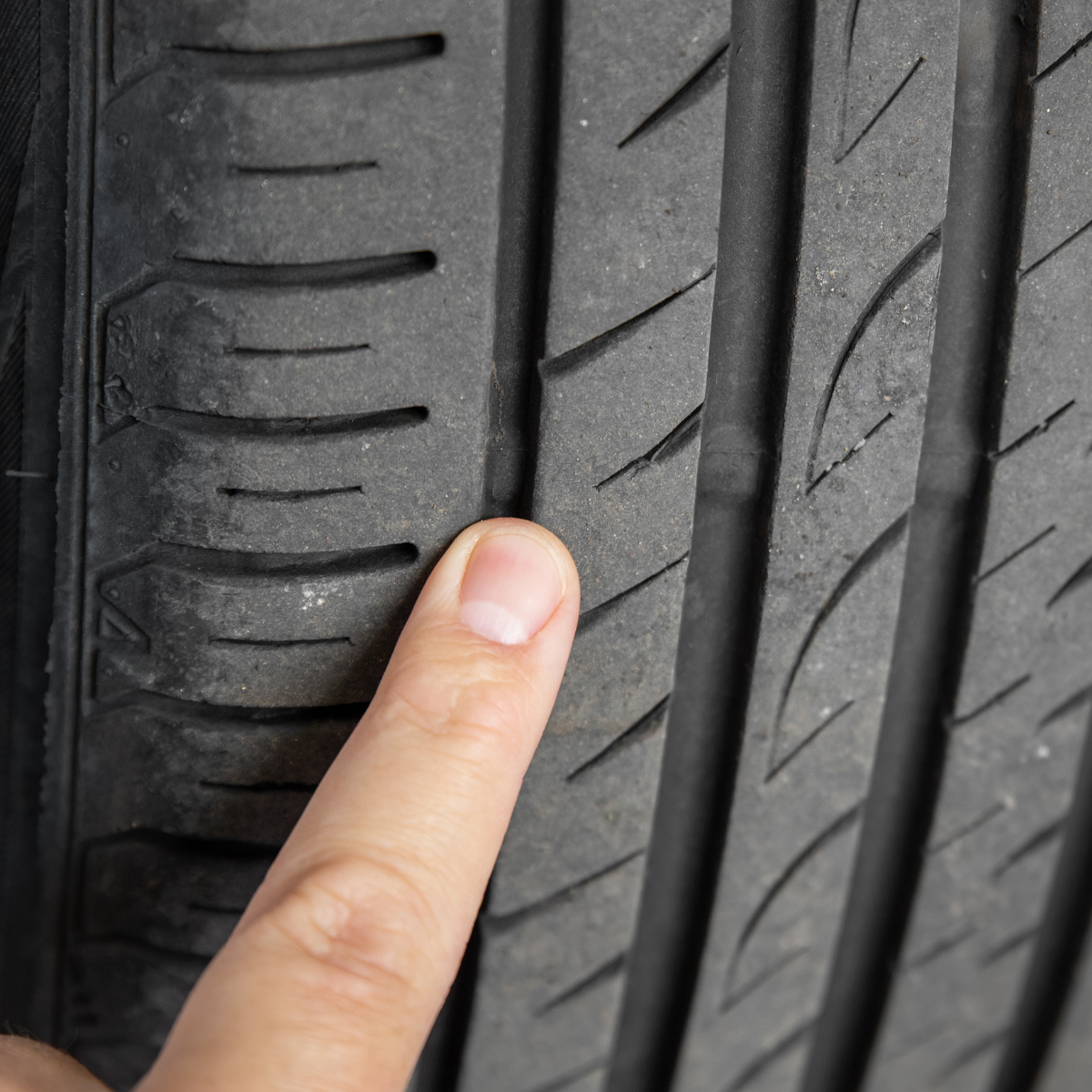When it comes to vehicle safety, tires are one of the most essential yet often overlooked components. Proper tire maintenance is key to ensuring smooth and safe driving, not only for your safety but also for the longevity of your vehicle. Simple tire checks, when done regularly, can prevent unexpected blowouts, improve fuel efficiency, and enhance overall vehicle performance. In this blog, we’ll cover why tire maintenance is vital and how to perform simple tire checks to ensure you drive safely and efficiently.
Why Tire Maintenance Matters
Tires are the only part of your car that directly connects to the road, making them crucial for traction, stability, and overall vehicle control. Improperly maintained tires can compromise braking, handling, and acceleration, potentially leading to accidents. Here are the key reasons why maintaining your tires is so important:
1. Prevent Accidents:
Underinflated or worn-out tires can make it harder to control your car, especially in adverse weather conditions. A blowout or tire failure at high speeds can result in loss of control and serious accidents.
2. Improve Fuel Efficiency:
Tires that are properly inflated and maintained create less rolling resistance, allowing your car to operate more efficiently. Underinflated tires increase rolling resistance, causing your engine to work harder and consume more fuel.
3. Extend Tire Life:
Regular tire checks and maintenance can help extend the life of your tires. By spotting issues early, you can replace a tire before it becomes unsafe and avoid costly repairs or replacements.
4. Enhance Performance:
Well-maintained tires improve vehicle handling and provide better traction, particularly in wet or icy conditions. A vehicle that handles well gives you more control, making your driving experience safer and smoother.
Simple Tire Checks to Ensure Safe Driving
There are several simple tire checks that can help you keep your tires in top condition. These checks can be performed at home with minimal tools and in just a few minutes. Incorporating these checks into your regular vehicle maintenance routine can save you time, money, and help keep you safe on the road.

1. Check Tire Pressure Regularly
One of the most important tire checks you can perform is ensuring your tires are properly inflated. Tires that are underinflated or overinflated can cause problems like poor handling, decreased fuel efficiency, and uneven tire wear. Here’s how to check your tire pressure:
Why It’s Important:
Proper tire pressure ensures that your tires are operating at optimal efficiency. Low tire pressure causes increased rolling resistance, which can reduce fuel efficiency and lead to premature tire wear. High tire pressure, on the other hand, can cause tires to wear out unevenly and may even lead to blowouts.
How to Check:
You can check your tire pressure using a digital or manual tire pressure gauge. First, ensure your tires are cold (i.e., the car hasn’t been driven for at least three hours). Locate the valve stem on each tire and remove the valve cap. Then, press the gauge onto the valve stem and take a reading. Compare the results with your vehicle manufacturer’s recommended tire pressure (you can find this in the car’s owner’s manual or on the sticker inside the driver’s side door). If the pressure is too low or high, use an air pump to adjust it to the correct level.
2. Inspect Tire Tread Depth
Tire tread is responsible for gripping the road, especially in wet conditions. Shallow tread depth can significantly reduce traction and increase the risk of hydroplaning, which occurs when the tire loses contact with the road due to water buildup. Here’s how to check the tread depth:
Why It’s Important:
Tires with worn-out tread can be dangerous, especially during heavy rainfall or snow. Good tread ensures that the tires maintain contact with the road and provide proper braking force. Tires with shallow tread are more likely to skid, increasing the chances of accidents.
How to Check:
You can use a tread depth gauge to measure the depth of your tire tread. Alternatively, a quick DIY method involves using a penny. Insert a penny into the tread groove, with Lincoln’s head facing down. If you can see all of Lincoln’s head, it means your tread depth is too low, and it’s time to replace the tire. Ideally, your tires should have at least 2/32 inches of tread remaining for optimal safety.
3. Look for Tire Damage or Wear
Regularly inspecting your tires for visible damage or irregular wear is crucial in preventing blowouts and unsafe driving conditions. Tire damage can be caused by potholes, debris, or normal wear and tear. It’s important to check for the following signs:
Why It’s Important:
Tire damage, such as cuts, punctures, bulges, or sidewall damage, can lead to tire failure, which can cause a dangerous situation on the road. Uneven wear can indicate alignment problems, which can affect handling and safety.
How to Check:
Perform a visual inspection of your tires at least once a month. Look for cuts, punctures, bulges, or any other visible signs of damage. Pay attention to the sidewalls and tread, where damage is often more apparent. Uneven wear can indicate an alignment or suspension issue that should be addressed by a professional.
4. Rotate Your Tires
Tire rotation involves moving the tires from one position to another on the vehicle to ensure even wear. This is a crucial step in maintaining the longevity of your tires.
Why It’s Important:
Front tires wear differently from rear tires, especially in front-wheel-drive vehicles, where the front tires handle both steering and power delivery. Without regular tire rotation, you may experience uneven wear, leading to premature tire replacement.
How to Rotate Tires:
The best time to rotate your tires is during every oil change (typically every 5,000 to 7,000 miles). The rotation pattern may vary depending on the type of vehicle you drive (front-wheel drive, rear-wheel drive, or all-wheel drive), so refer to your car’s owner’s manual for specific instructions. If you’re unsure, a mechanic can rotate your tires for you during a routine service.

5. Check for Tire Alignment Issues
Misalignment of your tires can cause uneven tire wear, poor handling, and reduced safety. If your car pulls to one side while driving or the steering wheel is off-center when driving straight, it could be a sign of alignment issues.
Why It’s Important:
Improper alignment leads to uneven tire wear and poor handling, which can compromise your ability to control the vehicle. Misaligned tires also decrease fuel efficiency and accelerate tire wear, leading to costly repairs.
How to Check:
If you notice your car pulling to one side or if your steering wheel isn’t centered, it’s time to check your alignment. You can get a professional alignment check done at an auto shop, where a technician will use specialized equipment to determine if your tires are properly aligned.
Conclusion
Tire maintenance plays a significant role in ensuring the safety, performance, and efficiency of your vehicle. Regular tire checks, such as monitoring tire pressure, inspecting tread depth, looking for damage, rotating your tires, and checking alignment, can help prevent accidents and costly repairs. By taking a few minutes each month to inspect your tires, you’ll not only ensure safe driving but also extend the life of your tires and improve fuel efficiency.
By incorporating these simple tire checks into your regular vehicle maintenance routine, you’ll save money on repairs, improve your car’s performance, and most importantly, keep yourself and your passengers safe on the road. For more tire maintenance tips and car care advice, be sure to visit our website and engage with our experts! We’d love to hear about your tire maintenance experience. Let us know how often you check your tires or if you have any tips to share!

Leave a Reply